Disclaimer: The author is a Filipino-American.
Illustration by staff illustrator Sakura Siegel.
In order to understand the rise of hate crimes against Asians in America, one of the most important things to remember is that the Asian community is not monolithic.
Not all of us come from strong two parent households, not all of us are wealthy, not all of us are submissive and not all of us are just living the “American dream.”
We’re not perfect people who have assimilated into American culture completely. A quick look at statistics will show that the Asian communities are actually quite diverse.
In New York City, as of 2018, Asian people have the highest poverty rate right below Latinos.
The situation worsened last year, as Chinatowns across the country began to resemble ghost towns.
Asian business owners were left in shambles, many closing down for good. Obviously business was down because of COVID-19 lockdowns, but also because of the anti-Asian rhetoric that was produced from the virus and former president Donald Trump.
Nearly one third of New York City’s Bangladeshi community lives in poverty.
A 2017 study by the Asian American Pacific Islander Data group found that Bhutanese-Americans have a significantly higher poverty rate than other Asians at 28.4%.
But when looking at the bigger picture, the income inequality between the Asian American community since 1970-2016 has grown 27%. This has earned us the title of the most economically divided group in America, according to the Pew Research Center.
These statistics go unnoticed because of the model minority myth, which produced the stereotypes and assumptions. Our struggles are ignored because of the nonsensical view the American society has of Asian people.
It seems that many people think our life has been simple and easy: we’re born into strong hardworking families, we go to fine schools, we go to acclaimed colleges and then enter the workforce earning a pretty decent salary. Afterward we have a family of our own and the cycle continues.
However, the stereotypes of Asian Americans are much more friendlier than the ones that other ethnic groups face. It’d be completely ignorant to say that Asian people are more oppressed than others. We sometimes benefit from these stereotypes, to an extent, because it’s much better to be labeled as a hard worker than a criminal like America does to its Black and brown communities.
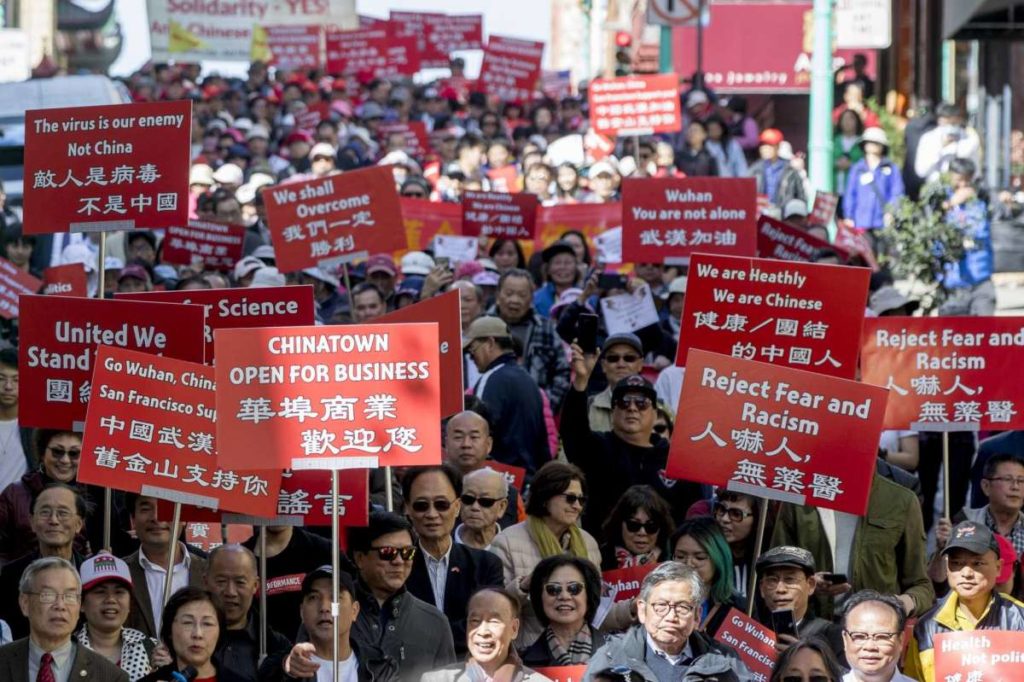
Acknowledge the rise of attacks
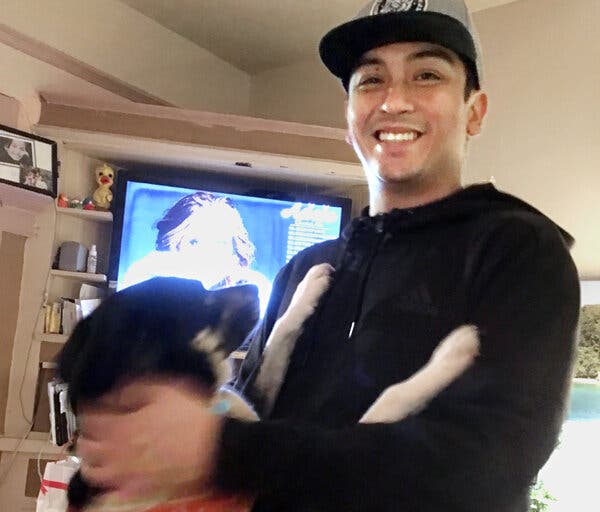
Angelo Quinto, a 30-year-old Filipino man from Antioch, California, was murdered by police officers in his own home on Dec. 23, 2020. The officers were called as he suffered through a mental health crisis and, instead of helping him, two officers inhumanely put their knees on his neck to subdue him for five minutes straight.
He went unconscious and never woke up, dying three days later, because of those officers who are meant to “protect and serve.”
Vicha Ratanapakdee, an 84-year-old Thai man, was murdered by the accused Antoine Watson on Jan. 28, after he pushed him to the ground. The attack caught some attention on social media, with many including Ranatanapakdee’s family claiming it was racially motivated.
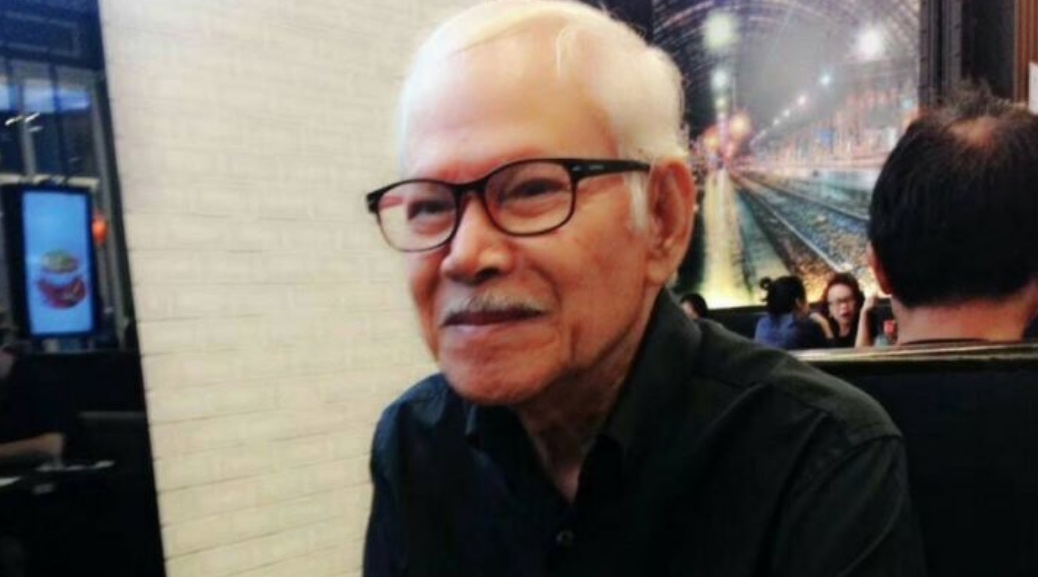
Denny Kim, a 27-year-old Korean-American, was attacked on Feb. 16, by two men in the middle of the street, who also called him racial slurs. Kim recounts the men telling him, “You have the Chinese virus, go back to China.”
These attacks do not tell the full story; hate crimes against Asians are happening at an alarming rate and people are understandably terrified, especially elders who are the most vulnerable.
As a Filipino-American, my own family is on edge, and so are some of my Asian friends.
One of the saddest parts about the rise of Asian hate crimes is the fact that they don’t get much media coverage. It’s not as mainstream as it should be because of the harmful model minority stereotype.
These problems are pushed under the rug just because American society thinks we live such perfect lives and that we’re overreacting.
What’s also frustrating is the performative actions coming from companies who only speak up because it’s profitable.
Nike, a company who notoriously continues to exploit Asian workers in other countries, posted on their Instagram last week about standing in solidarity with the Asian community.
“Our hearts are with our Asian community. We stand united with our partners to create a more inclusive future,” Nike wrote in their Instagram post
If their hearts were really with us, they’d stop treating their workers in Asian countries inhumanely.
This is the same thing that many companies try to do with the Black Lives Matter movement. When some companies post support for the movement, it’s not about solidarity, it’s about generating profit and giving a good public image.
Currently, with minimal support from media, performative activism from ordinary people and corporations alike, there are only two questions we can ask ourselves.
What’s next? What are the solutions to the problems we face?
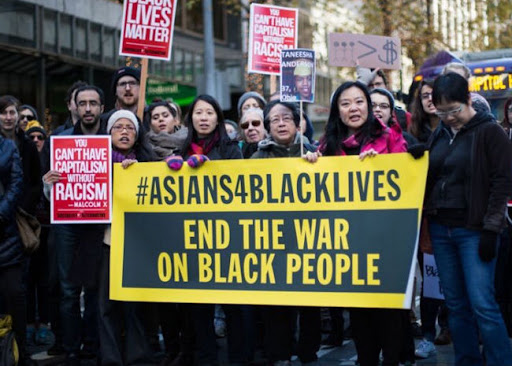
Eliminate the “Us versus Them” mentality
What concerns me is that there is an alarming amount of people trying to make this an issue between Black people and Asian people.
I often see talking points pitting Black Lives Matter versus the movement against Asian hate crimes; I can’t help but think about how counterproductive that is.
The hate crimes we face as Asians are not the result of historical racial tensions between us and Black people, it is the result of white supremacy.
The model minority myth itself was born out of white supremacy.
There is no factual context behind the concept that Asians are the type of people other people of color should strive to be. The myth was simply made to pit people of color against each other.
It dates back to World War II, when President Franklin D. Roosevelt put Japanese-Americans into incarceration camps and came the “yellow peril,” the idea that East Asians were a threat to the free western world.
After the camps ended, Japanese and Chinese immigrants slowly began to integrate themselves into America and the media presented the idea that Asians were able to rise up from the incarceration camps because they were hard-working, obedient and had strong family values.
Afterwards, it was continually used to pit Asian people against Black people, especially during the Civil Rights Movement. It became a question of, “If Asian people could make it in America, why couldn’t Black people?”
It was a political agenda that still sadly somehow works to this day.
It’s an agenda that doesn’t even care to mention the systemic racism Black people face. Instead, it just presents the idea that Black people are lazy and Asians aren’t.
As a result, Asian people were aligned by society with White people, we wrongfully became models for other people of color.
It was useful for politicians and the media to use Asians and pit us against others. Why are we still letting this happen today?
We should know by now that the model minority myth ultimately does not work in our favor, it works exactly how it was meant to be; preserving white supremacy.
Instead of dealing with movements against racism against Black and Asian people, our government has instilled anti-Black sentiments into the Asian community.
I believe the best thing we can do is extend solidarity to the struggles of other people of color, and vice versa. The Asian community needs to unlearn that we are not fighting against Black people — we are fighting against white supremacy.
There is power in numbers, the more our movements grow, we can all get better. That means standing up against racism for not only one group, but against all people of color.
One of the things the Asian community should shed away is a reliance on institutions that historically are meant to oppress Black and Brown people in America. We should not be asking for more police in our areas, it will only hurt our Black allies.
Increased police presence will cause more tension and fear. Asians in America often share the same neighborhoods as Black people; calling for more police will only add to their struggles.
Black people are in a constant battle against police in America and let’s not forget that those same officers killed one of our own, Angelo Quinto, during a mental health crisis.
Let’s also not forget Christian Hall, a 19-year-old Asian American, who was shot by the police during a mental health crisis on a bridge. As the officers opened fire on him, Hall had his hands up.
Police are not trained for mental health crises, a problem in Asian communities that is partially caused by the model minority stereotype. This is also why we should stand with the Black community in the push to defund the police.
If we redistribute the absurd budgets of police in America into housing, recreation, schools, mental health services, etc, it should be understood that both Quinto and Hall would have gotten the help they deserved.
It frustrates me that America chooses to militarize our police instead of helping our communities.
More policing and incarceration is not an effective solution; of course we should be holding the attackers in anti-Asian hate crimes accountable, but we should not be satisfied with just sending them to prison.
Prison doesn’t entirely solve the issues of white supremacy and poverty that many Asian communities face. It will only distract us from the real problem.
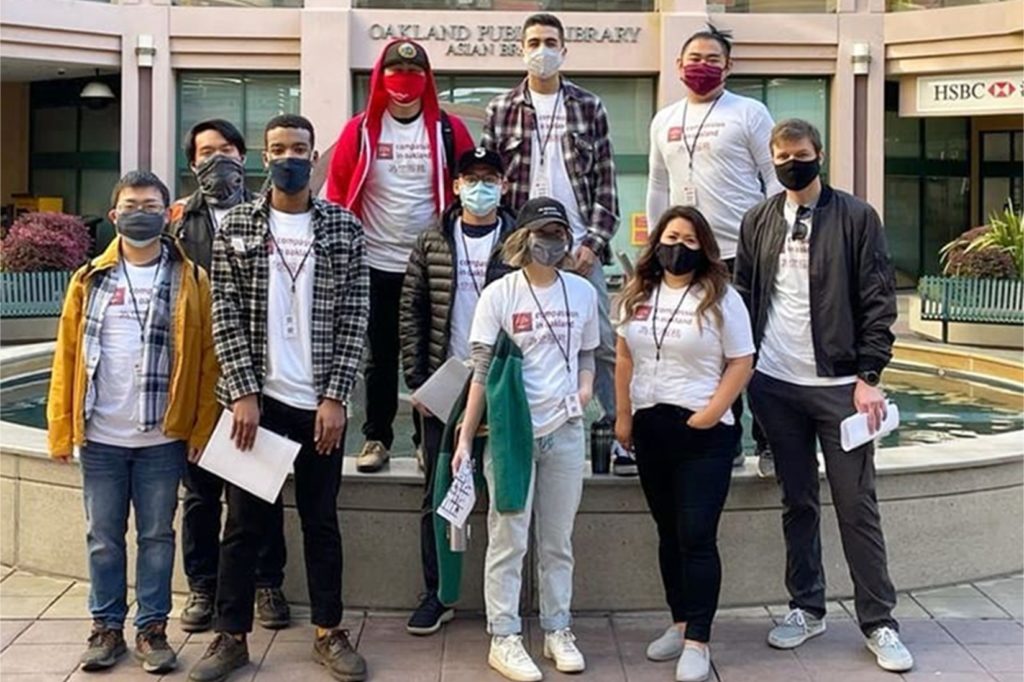
There is power in numbers
Community organizations have already started, but we need more of it.
The Black Bay Area, a group in San Francisco working against gentrification, has allied themselves with Asian organizations around the area. Together, they work to provide health services to their communities and protect their elders.
The Anti-Police Terror Project, Ella Baker Center for Human Rights and the Asian Pacific Environmental Network have all worked together to provide mutual aid and show financial support for the struggling Chinatowns in the area.
Furthermore, multi-racial activists in New York City, through the “Asians 4 Abolition” group, organized to stock community fridges and protest on the street in support of the Black and Asian communities.
Latino activist, Jacob Azevedo, founder of Compassion in Oakland, brought together more than 300 volunteers to escort Asian elders in the community and help them run errands.
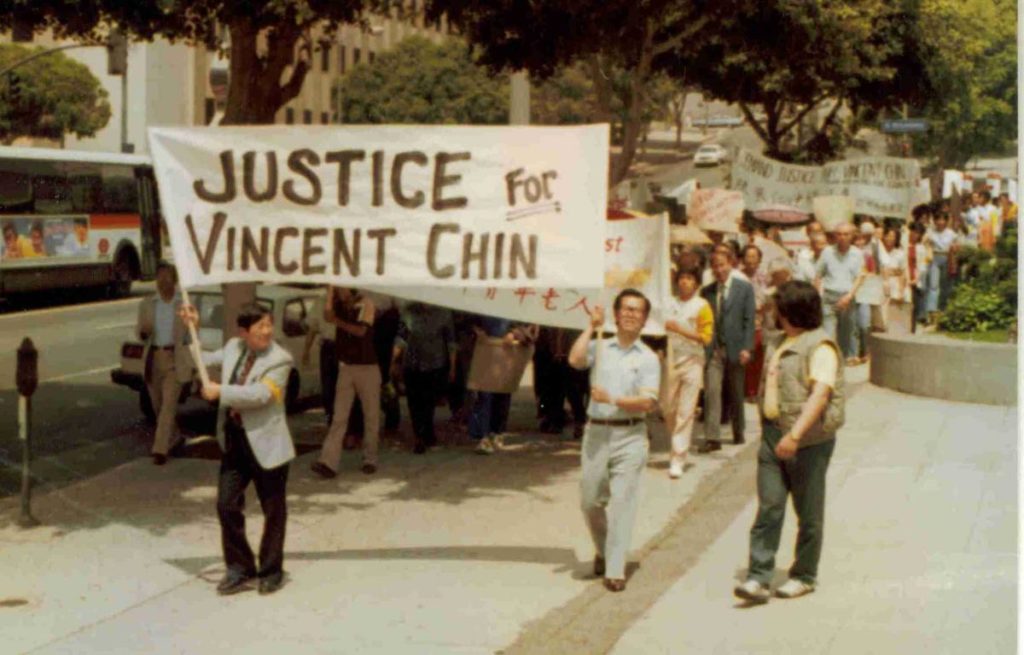
These multiracial efforts are nothing new, protests spread in response to the murder of a Chinese-American man, Vincent Chin, in 1982. Chin was beaten to death with a baseball bat in a racially charged attack by Ronald Ebens and Michael Nitz. His killers were charged with some fines, but were not sentenced to any jail time at first.
As a result, for the first time, there were protests from all Asians in America, and other races participated as well.
They demanded that the Department of Justice investigate it as a civil rights case and eventually Ebens was sentenced to 25 years in jail, which was later appealed. In the end, Ebens paid $8 million to the Chin family and Nitz paid $50,000.
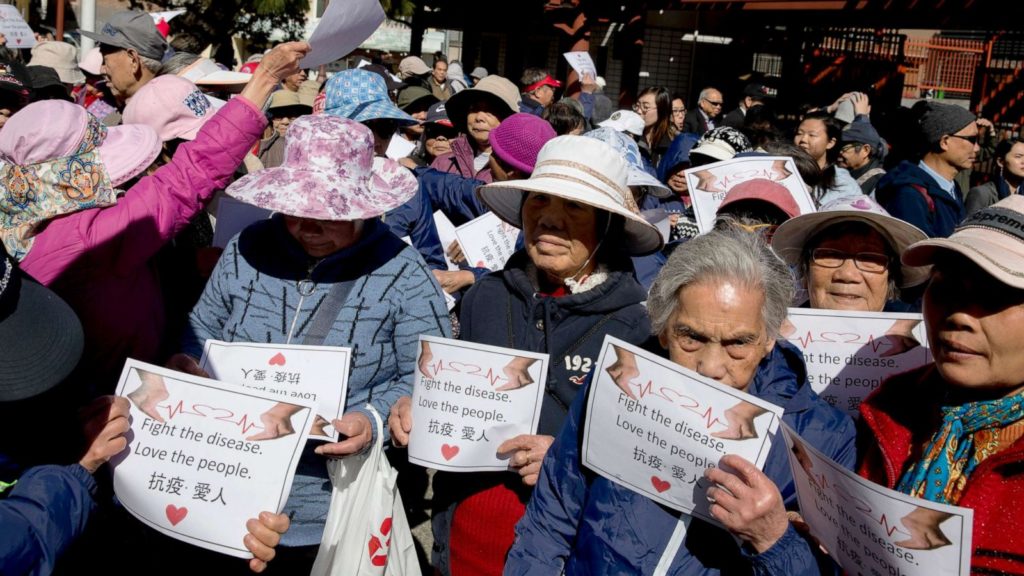
To create change, we have to follow the examples of the protests that came out of the murder of Chin. We should follow the examples of the organizations like “Asians 4 Abolition” and “Compassion in Oakland.”
The Asian community, myself included, we’re not only angered by the violence, but we’re tired of the harm that the model minority myth has caused.
We should open up and realize that our enemies are not the other people of color alongside us, but the white supremacy that this country was built on.
It’s an absolute necessity that we unlearn the harmful racial tensions that the model minority myth has caused and look towards the bigger picture.
While we should acknowledge that we are not nearly as economically disadvantaged as other groups, a concerning amount of Asians in America live in poverty. That is just one problem that we need to pay attention to — more policing and incarceration does not address that issue.
We should demand government investment to all impoverished communities.
It’s clear that the government never truly sought to protect the Asian community, so it’s up to us to protect ourselves and work with all marginalized groups, such as the LGBTQ+, Muslims, and Indigenous people
From now on, we should work to resist the “us versus them” mentality. In the fight against racism, discrimination, etc, it is absolutely necessary for the unification of all oppressed peoples. That can manifest itself in many ways, such as grassroots organizing and mutual aid. At the end of the day, we all can get better together.
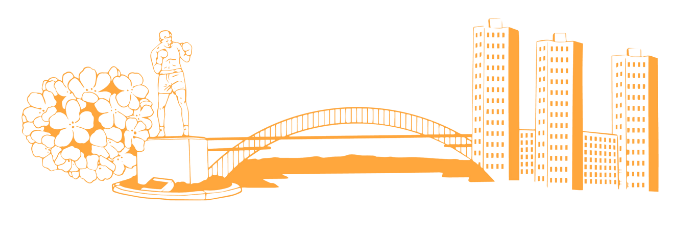
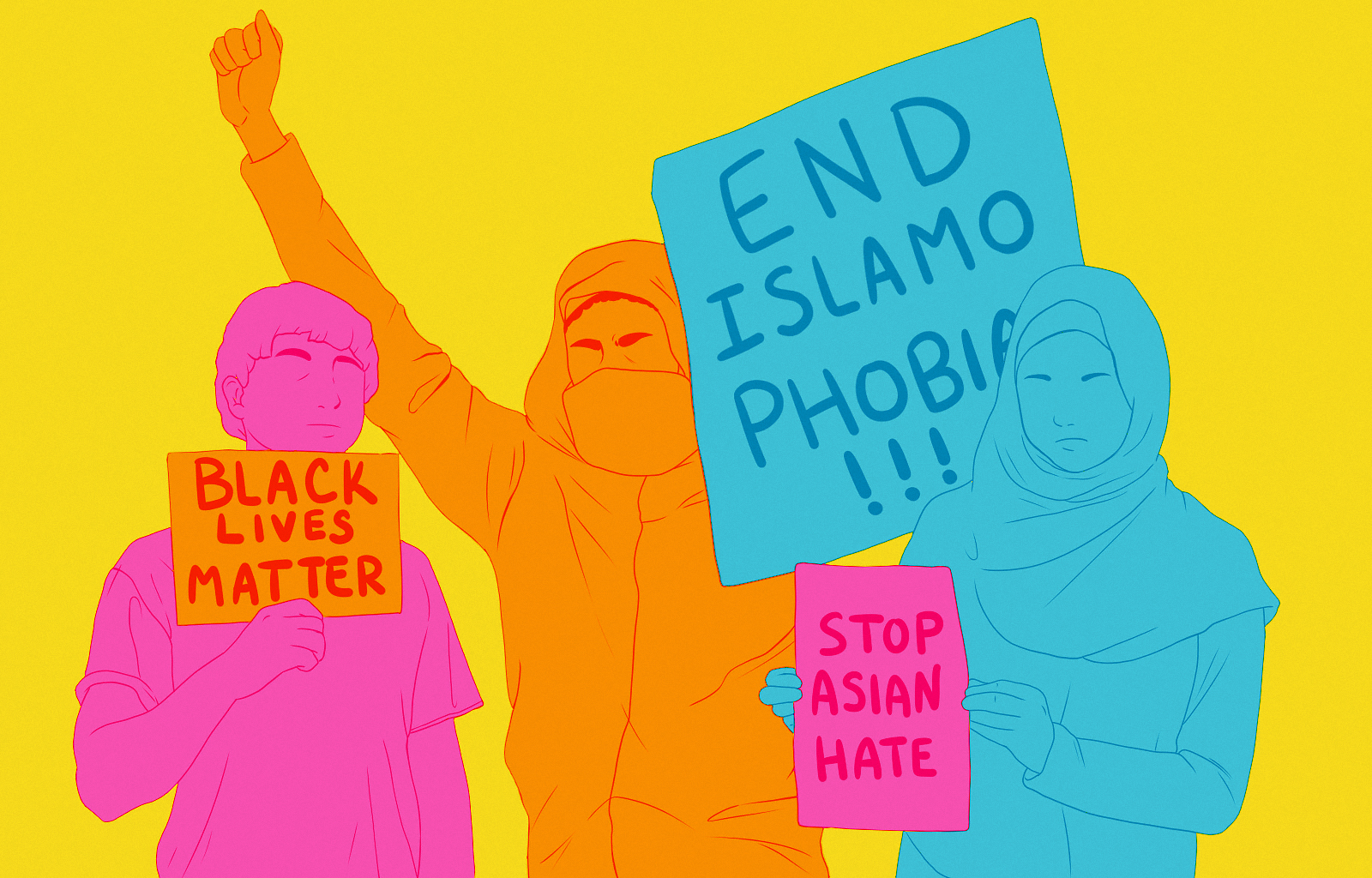

Saved as a favorite, I like your site!